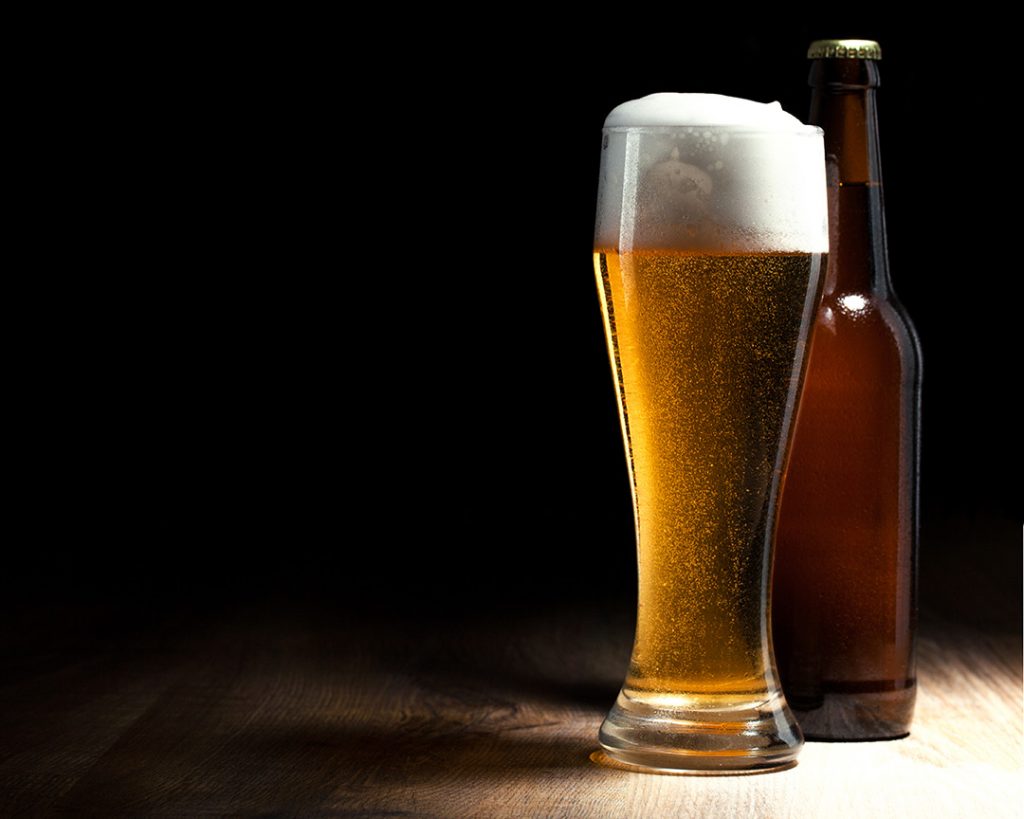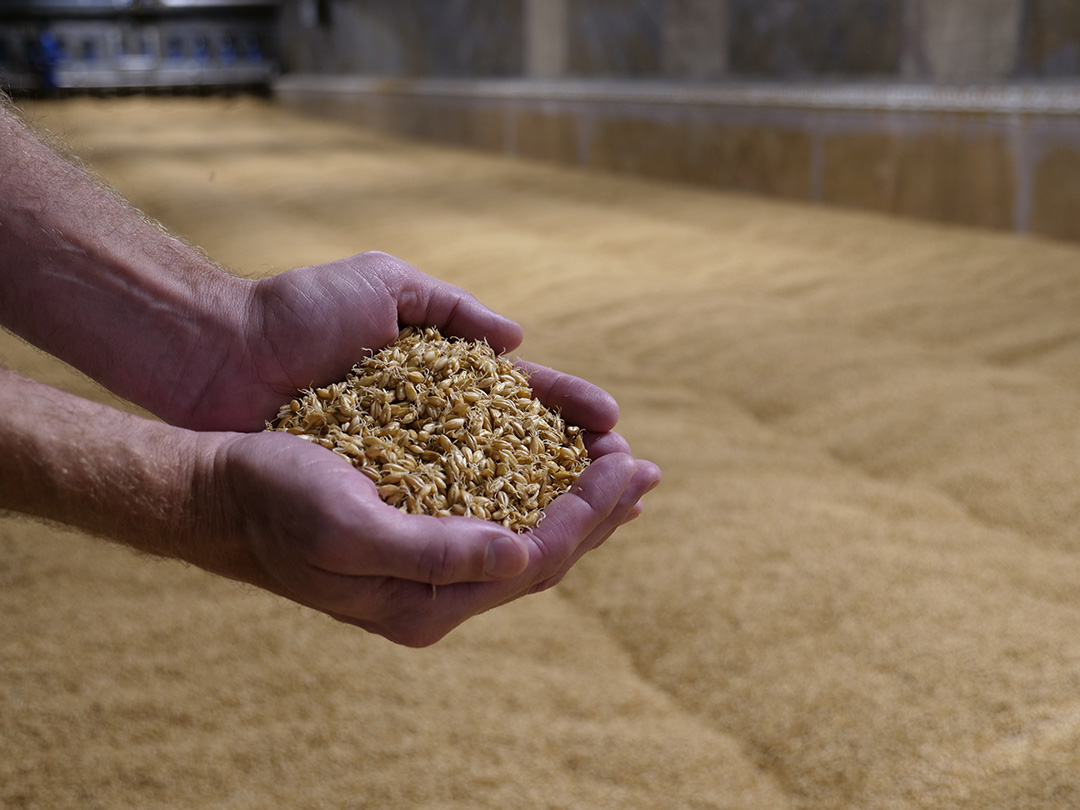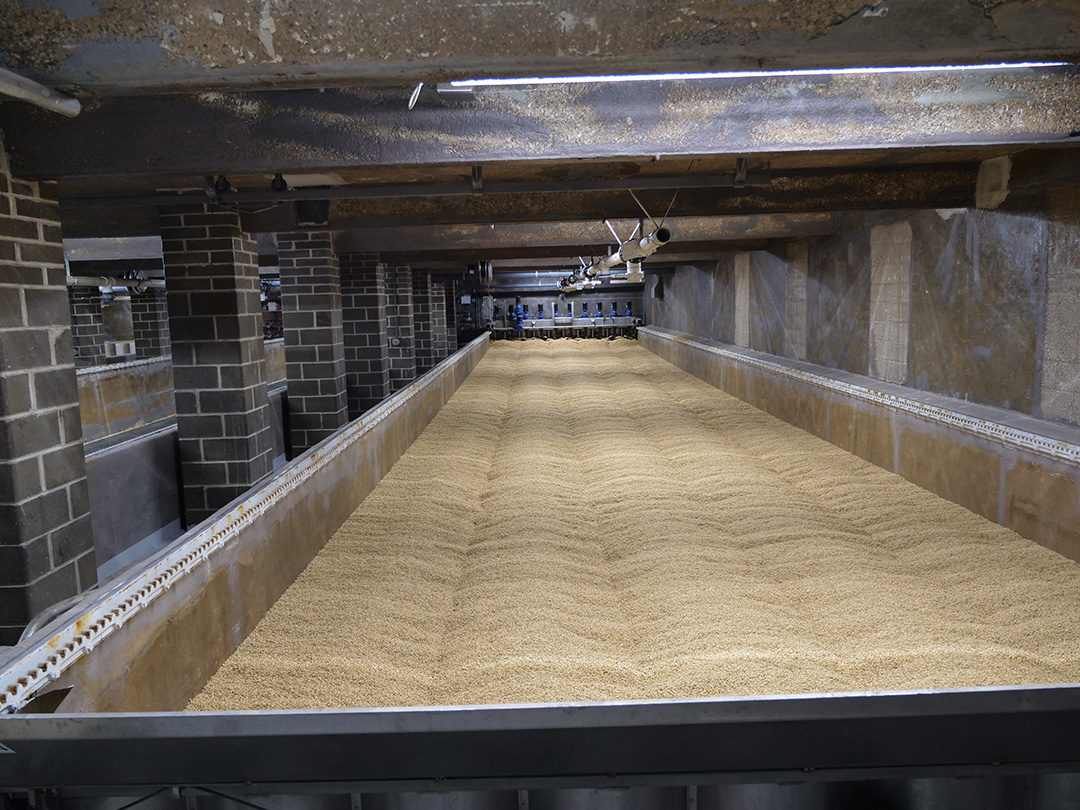
Questions like this may keep us up at night. They can also be the perfect starting point for a conversation at the bar or around the table. Let’s explore this subject…
Every time I see the results of a certain test commonly done in the barley and malting industry, I do a double-take. The test has a variety of official methods, such as ASBC-Barley-2D, but is generally known as the 1,000 Kernel Weight (TKW) test. I find the result simply unbelievable. Every time I use it, I need to validate my math and, on several occasions, have run over to the analytical balance with a jar full of barley to double-check.
Methodology
What is the scientific method for this valuable test? If you guessed counting 1,000 kernels and weighing them, you would be right-ish. There are automatic seed counting machines that can do this job with 100% accuracy. Though this is an acceptable method for a machine, plucking 1,000 kernels with tweezers and weighing them is quite time-consuming. Grain scientists have shown that counting a smaller number and “doing the math” provides a statistically valid result. The ASBC-Barley-2D method mentioned above requires counting about 350 kernels in the manual method. So, literally, don’t take the name of the test literally.
Growing
How are results of the analysis used? TKW is important to barley growers because they use it to determine how much seed to buy based on their desired seeding rate. Farmers buy barley based on weight (bushels) but want to grow a specific number of plants per area (typically acres in North America) for optimum yield. TKW allows them to determine how much seed they need to buy to achieve the desired plant population, as detailed in the link here.
Malting
Maltsters use TKW only as a general indicator of quality and expected yield after cleaning, because the correlation between the average weight of the kernels and the grain factors that are most meaningful to maltsters, such as the number of kernels of different sizes, isn’t absolute. Maltsters regularly use plumpness and assortment as more valuable analyses to determine expected yield and what malting parameters need to be used.
This is because the malting process is highly dependent on size of the kernels. Kernel size determines how fast a kernel takes up water and how fast it grows. It is so important that maltsters sort the barley by size prior to malting in order to get all the growing plants behaving most similarly during malting. If a crop of barley has a lot of small kernels it will have a very low yield of plump, high-quality malt. Malt made from small kernels is often not suitable for brewing because of high protein and other factors and is often used for distilling/food products, though it may be blended with plump malt as long as finished malt quality specs are satisfied.
Brewing
Brewers typically don’t use TKW, though it can be measured and I have seen it on a specification before. Really, it’s not the number of kernels that matter to the brewer, it’s the assortment. Brewers really have very little use for this analysis and most don’t know what a typical value is.
So, what is the typical weight of 1,000 kernels of barley? About 45 grams. About the same as three tablespoons of water for 1,000 kernels! Almost nothing. Unbelievable, right? This means that a pound of barley contains about 10,000 kernels.
If that’s right (and it is) it means in our two malthouses we grow more barley seeds each day than there are people on planet earth! Billions of seeds per day and over 2 trillion seeds per year. Even Carl Sagan would be impressed by these numbers.
Indeed, the most value I’ve gotten as a brewer/maltster from TKW is the sense of awe it inspires in me about the difficulty and miracle that is malting. Imagine getting every person on earth moving in the same direction and growing at the same rate using just temperature, moisture, and care.
Conclusion
To get to the headline hook that may have brought you here… The average bottle of craft brewed beer is made from about 2,000 kernels of barley malt. There is about a factor of two variance, either way, depending on style but that’s the average. Amazing, huh? There are about two hop cones per bottle unless it’s an IPA in which case there may be up to ten. Still, it’s better than growing yeast; the average amount of yeast cells pitched into a bottle of beer is 5 billion (5,000,000,000)!
So the next time you raise a glass of your favorite craft beer, celebrate all the ingredients that went into producing such glorious flavor, body, and color. Cheers!




